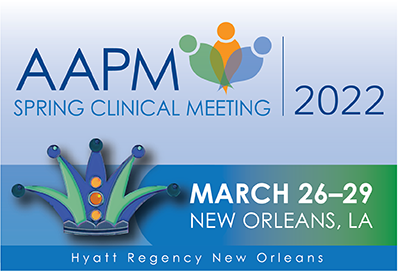18F-DOPA PET/CT for Radiation Treatment Planning and Prognostication in Patients with High-Grade Glioma
Presentations
(Sunday, 3/27/2022) 8:00 AM - 10:00 AM [Central Time (GMT-5)]
Room: Celestin D-E
Radiotracer 18F-DOPA, which was approved by US FDA in 2019 for detection of dopaminergic nerve terminals in the striatum of adult patients with suspected Parkinsonian Syndromes, is widely used for positron emission tomography (PET) imaging of dopamine metabolism in several diseases including high-grade glioma. This imaging agent can capture the cellular activities of glioblastoma tumors with strong tumor-to-normal tissue signal and superior sensitivity to tumoral infiltration and aggressiveness. The level of the Standardized Uptake Value (SUV) has been utilized to define heterogeneity of the tumor and to guide radiation therapy target delineation for improved outcomes. Furthermore, radiomics approaches allow complex signals to be extracted from the distributions of the SUV histogram and texture patterns to predict treatment prognosis. While recent studies have shown efficacy of 18F-DOPA imaging in improving treatment outcomes, randomized studies are needed to provide definitive data on the value of 18F-DOPA PET compared to standard radiation therapy planning methodologies.
This session will highlight the recent progress of 18F-DOPA radiosynthesis for more accessible clinical research use from a Radiochemist’s perspective, the clinical research to date and potential future research needed to show improved efficacy from a Radiation Oncologist’s perspective, and the enhanced treatment planning and prognosis capabilities gained with 18F-DOPA imaging from a Therapy Physicist’s perspective.
Learning Objectives:
1. Understand recent developments in 18F-DOPA radiosynthesis techniques.
2. Recognize potential gains of 18F-DOPA imaging in radiation treatment planning.
3. Describe radiomics approaches to 18F-DOPA imaging to predict treatment prognosis.
Keywords
Not Applicable / None Entered.
Taxonomy
Not Applicable / None Entered.
Contact Email







